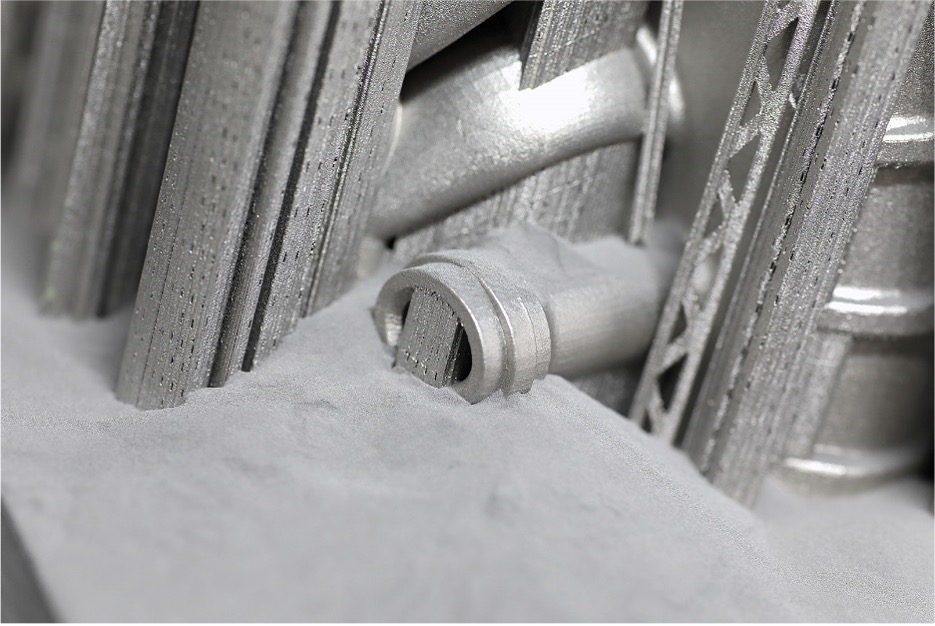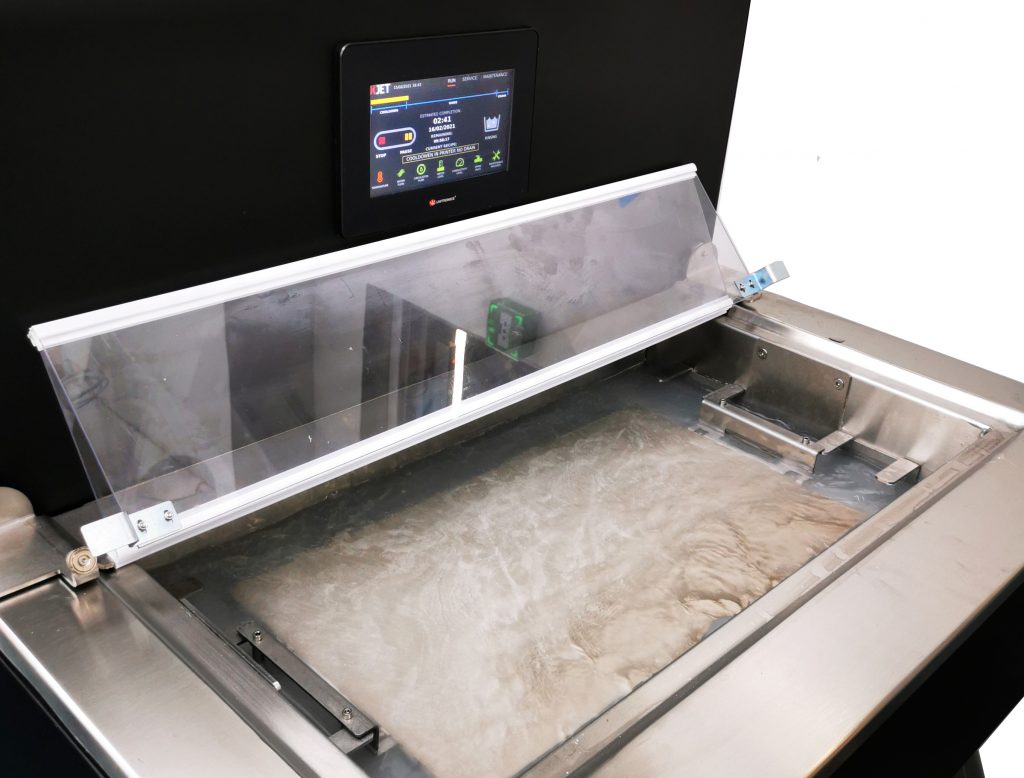South Korean 3D printing equipment distributor HDC has announced that it has now become an official reseller of Solukon depowdering systems.
Through the deal, Solukon stands to harness the extensive distribution network HDC has built up over the last 22 years, to bring its post-processing machines to the South Korean market for the very first time. Having gained new partners in Canada, Turkey, Ireland, the UK and Korea so far this year, Solukon says that it now has the network needed to meet the growing global demand for its technologies.
“Awareness of the need for safe and repeatable post-processing is increasing around the world,” said Michael Sattler, the Global Sales Director at Solukon responsible for its reseller network. “We’re pleased to have the HDC Co. as a trusted partner for the South Korean market, which will meet the increased demand for automated depowdering there.”

‘Smart Powder Recuperation’
Based in Augsburg, Germany, Solukon specializes in manufacturing depowdering systems based around its proprietary Smart Powder Recuperation or ‘SPR’ technology. In essence, the firm’s post-processing approach involves the use of adjustable two-axis object rotation and targeted vibration, to automatically remove excess powder from 3D printed parts.
Since integrating the technology into its first machine back in 2015, Solukon has gone on to launch four more metal SPR-powered systems, and a further two plastic units too. The former, including the SFM-AT 200, 300, 800/-S and 1000-S, are designed to enable the safe post-processing of alloy 3D printed objects, at a size of up to 1,000mm or 800kg.
With its SFP770 and SFP-E7 machines, meanwhile, the firm markets two different polymer systems: one for unpacking and cleaning SLS printed parts, and another built specifically for laser sintering users, particularly those with an EOS P770 Series.
Interestingly, although Solukon has developed the majority of its machines alone, it chose to partner with Siemens to launch its most recent metal system: the SFM-AT800S. In doing so, the firm was able to fit its unit with Siemens SIMATIC controllers and Sinamics drives, and the companies’ collaboration now dates back at least three years, to when Solukon devices were fitted at Siemens’ ‘Digital Factory.’
In that time, Solukon’s systems have seen particular demand from within the aerospace industry, where they were initially involved in the construction of the CERN supercollider. The company has also continually updated its offering, equipping its SFM-AT200 system with ultrasonic frequency excitation for tackling especially challenging parts, earlier this year.

Solukon’s expanding horizons
Over the last four years, Solukon has steadily expanded its distribution network, and it initially entered the international market in 2017, when it addressed U.S, French and Great British clients for the first time. A year later, the firm launched the SFM-AT200, which is also said to have enjoyed particular demand from within the medical industry, over the three years since.
So far, during 2021, the company has ramped up its expansion even further, first partnering with HASMAK-T, a reseller in Turkey, before later agreeing to work with UK part cleaning firm Turbex. Over in Canada, Solukon has also selected Machine Tool Systems as its distributor of choice, and following its latest deal with HDC, the company has now potentially established itself a foothold in Southeast Asia.
From HDC’s perspective, the agreement allows it to add to its role as a supplier of Sinterit, DWS, Nano Dimension, EOS and Vacuform machines. Given that the firm’s technologies have previously been used to 3D print Launcher rocket parts, it now sees its partnership with Solukon as a chance to build on its offering to premium clients, and allow them to create parts with an even better finish than before.
“For years, HDC has been working with international leaders in the AM industry,” added HDC President Brian C.G. Seo. “By partnering with Solukon, we’re fortunately able to offer our customers the top-of-the-line depowdering solution too.”

Automated post-printing at scale
While Solukon prides itself on being the developer of the “world’s first automatic powder removal system,” the market is now full of automated machines that offer to finish various different types of printed part. Earlier this year, Digital Metal launched the DPS 1000, which is built to process binder jetted components, while mechanically recycling unused powder on behalf of users.
On the SLA front, PostProcess Technologies has released its new DEMI 910 full-stack resin removal system. Designed specifically for use with Carbon’s L1 and M1 3D printers, the machine leverages the firm’s Submersed Vortex Cavitation technology to improve the safety and throughput of users’ post-processing workflows.
Most recently, material jetting specialist XJet also launched its ceramic-compatible ‘SMART’ post-processing machine. The system’s ‘intelligent algorithms’ enable it to automatically remove supports from XJet-3D printed ceramic components, and carry out certain tasks on the behalf of engineers, freeing them up to engage in value-adding activities.
To stay up to date with the latest 3D printing news, don’t forget to subscribe to the 3D Printing Industry newsletter or follow us on Twitter or liking our page on Facebook.
For a deeper dive into additive manufacturing, you can now subscribe to our Youtube channel, featuring discussion, debriefs, and shots of 3D printing in-action.
Are you looking for a job in the additive manufacturing industry? Visit 3D Printing Jobs for a selection of roles in the industry.
Featured image shows the Central district of South Korea’s capital city Seoul, viewed from Mt. Namsan. Photo via zuk0, Flickr.


